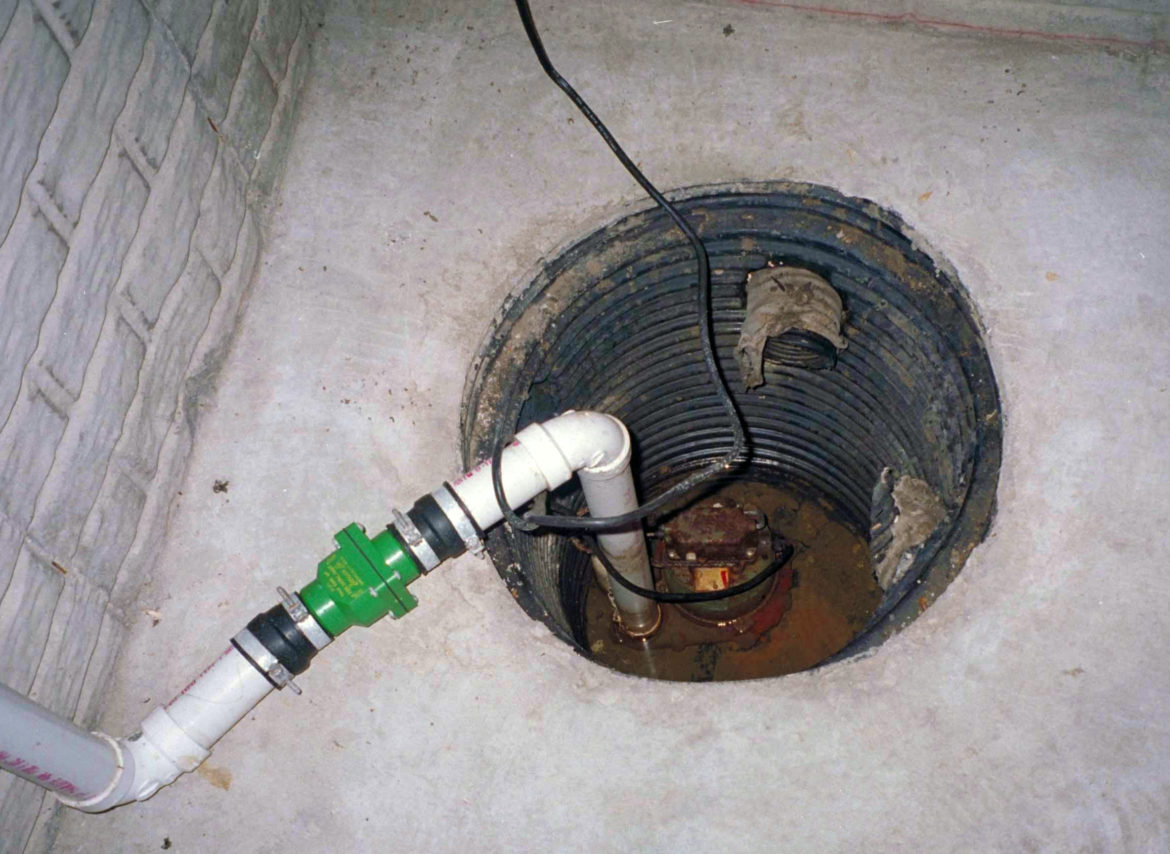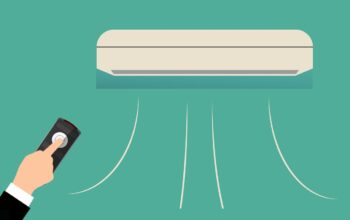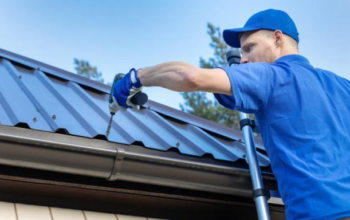Chances are that if you live in a building constructed according to federal laws, your house will already have a sump at the lowest point of the basement for water to collect. The sump is meant to hold a sump pump, which will drain out water from your basement to an acceptable external drainage. But why drain the basement? To answer this question, let us look at what might happen if water is not removed from your basement:
- Loosening of plaster and breakage of paint, leading to unsightly cracks developing in the walls
- Constant damp conditions in the walls and floor of the house is conducive to development of algae and fungi, causing unhygienic conditions.
- Damp walls also reduce the temperature of the room, and this may be problematic if you’re susceptible to fever, cold and coughs.
- The water in the basement can weaken building foundations.
- The damp in the walls can cause non-protected metallic pipes, wiring and rods to rust, thereby increasing chances of leaks, etc.
- In cases of heavy rains and storms, the sump may overflow and the basement may be flooded, thereby making the basement unusable for months.
Furthermore, if you really buy the best sump pump for your home, it is unlikely that you will regret spending the money, since sump pumps are amongst the cheapest pumps available today, and can last for 5 and 20 years. Finally, it is better to invest in a sump pump at Best-sumppump.com rather than spend a fortune fixing your basement or your house after stagnant water has flooded and/or weakened it.
Construction of a Sump Pump
Sump pumps vary in design (as we shall see below), but it is first important to know the basic parts of the sump pump and how they combine to empty out the sump. Here are the major parts of the sump:
- Motor:A centrifugal motor is usually used in sump pumps. Most commercial sump pumps have between ¼ to 1HP, which makes them capable of handling even the worst flooding and water pressure without difficulty.
- Impeller:A fan-like structure that is attached to the bottom of the motor assembly (or as our sump pump reviews will show, come pre-attached in most modern sump pumps). It rotates to create a centrifugal force that produces a low pressure region at the mouth of the discharge, thereby funneling the water into it and out through the discharge pipe.
- Discharge:Discharge refers to a cylindrical tube which is open at both ends. Discharges can be conical at one end, and cylindrical at the other. They help funnel the water into the discharge pipe, which in turn take the water out of the sump.
- Discharge pipe:The pipe may be a simple garden hose, a copper pipe or a PVC pipe, but normally preference is given to the PVC pipes due to their sturdiness and freedom from corrosion.
- Float and Switch:Switches are of many types (discussed below) but the most common type is the float switch. Comprising of a plastic float attached by a thin shaft to the switch, the float acts as the trigger for the switch. When the water pushes the float up, the switch turns the motor on and the sump pump begins to remove the water.
- Check Valve:The check valve is placed in the discharge and (optionally) in the water inlet, in case the sump pump be a water-powered one. Once water has been pushed out and the motor stops, some water remains in the pipes and this can flow back into the pump, causing it to short-cycle and malfunction. The check valve blocks the return of water into the motor, and therefore keeps it safe.
Types of Sump Pumps
What is the best sump pump? That depends on the type you are looking for. So for starters, a quick introduction to the types of sump is essential.
- Submersible – Simple and Straightforward
Practically the simplest functioning sump pump out there. It works from the bottom of the collected water and pumps it out and into your neighbourhood’s or city’s drainage system.
- Water Powered Sump Pump – Works Like Straw
Think of this pump like a straw that sucks out beverage from a glass. That’s exactly how you would describe its functions. You put it above the sump and it pulls out the water from there.
- Backup Sump Pump – To Reduce Collateral Damage
Just in case you have lots of valuable property in your basement such as expensive carpeting or flat screen television, this should be a great thing to have. You do not want power interruption to flood your house, right?
- Portable Floor Sucker Utility Sump Pump – Does Not Leave Residues
Other than the fact that it gets rid of sump, it also functions in leaving the room clean and dry.
- Pedestal Sump Pump – Less Hassle
Its mechanical parts are located above so you won’t have a hard time keeping it maintained. On the other hand, you have to deal with the noise later.
Related Posts

Loves home. I am here to provide how to make your home a much better place. 🙂 Blogging about HomeDecor, Home Improvements and more.











